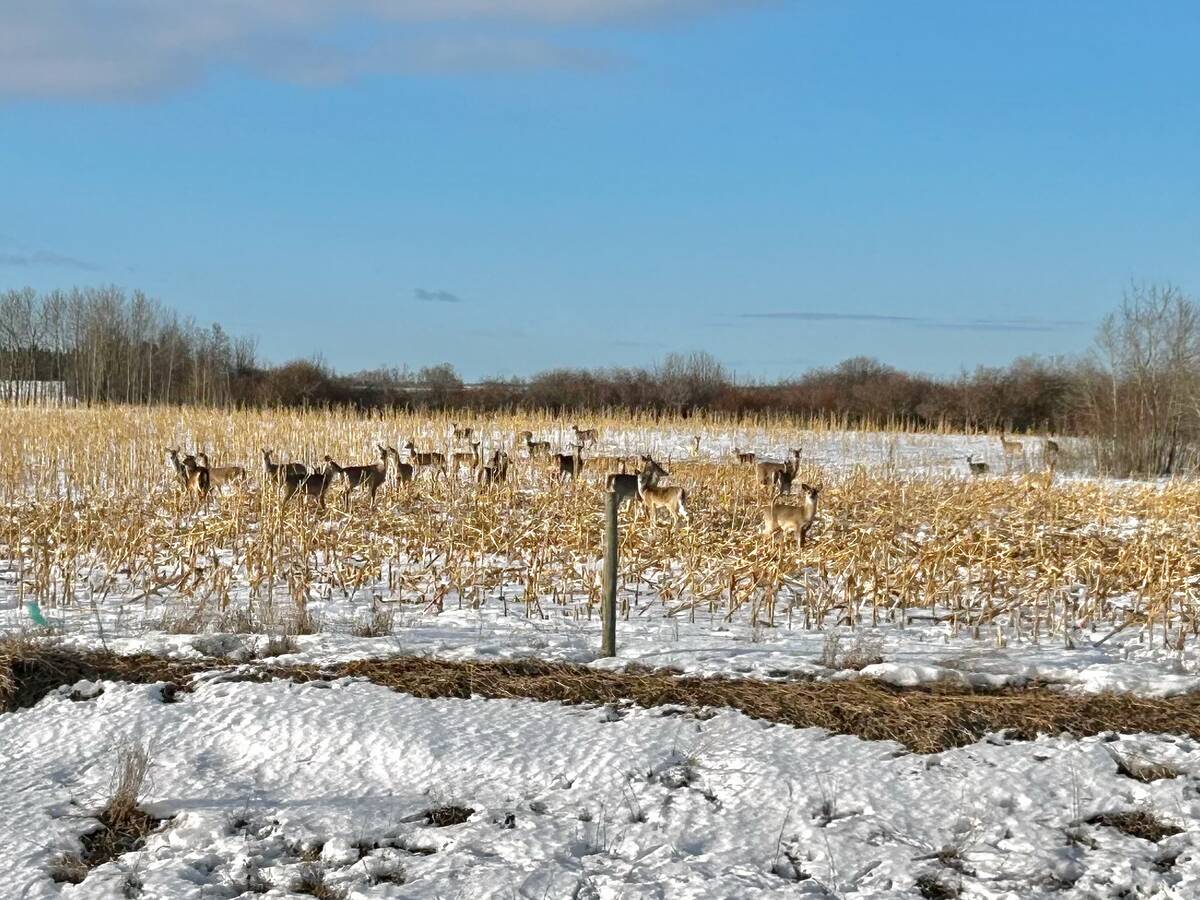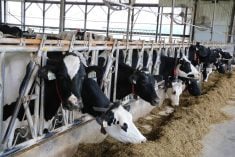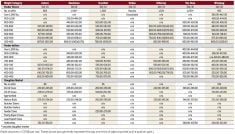Three new cases of highly pathogenic avian influenza (HPAI) have been discovered in Saskatchewan, and one has been confirmed in Manitoba.
This comes after a few months reprieve from the disease.
The most recent case was confirmed May 2 in the Rural Municipality of Lipton No. 217 in Saskatchewan on a non-commercial poultry operation, the Canadian Food Inspection Agency said. As of the afternoon of May 5, the status of order declaring PCZs (primary control zones) had yet to be determined.
Read Also

Five new CWD cases confirmed in Manitoba
Chronic wasting disease (CWD) has been found in five more Manitoba deer, including in two new municipalities without previous cases of the disease.
Another incident was discovered May 1 in Saskatchewan’s Rural Municipality of Colonsay No. 342 on a non-commercial poultry interest. PCZs are active. Another non-commercial poultry operation in the Rural Municipality of Indian Head No. 156 was declared infected April 30 in Saskatchewan. PCZs are active in this instance.
The Manitoba case was confirmed May 1 in the Rural Municipality of Wallace-Woodworth on a commercial poultry farm. The status of order declaring PCZs is active.
The national chicken and egg producer groups could not be immediately be reached for comment.
Frank Cuevas, communications and producer programs manager with Chicken Producers of Saskatchewan, said he’s unaware of any new guidance for chicken producers in the wake of these new infections. Chicken producers should review their biosecurity protocols, however.
“We constantly remind (members) about biosecurity, limiting visitors and not sharing equipment with other farmers,” said Cuevas.
Producers should also be aware that wild birds — a highly-suspected vector of HPAI — are in the middle of spring migration, he added.
















